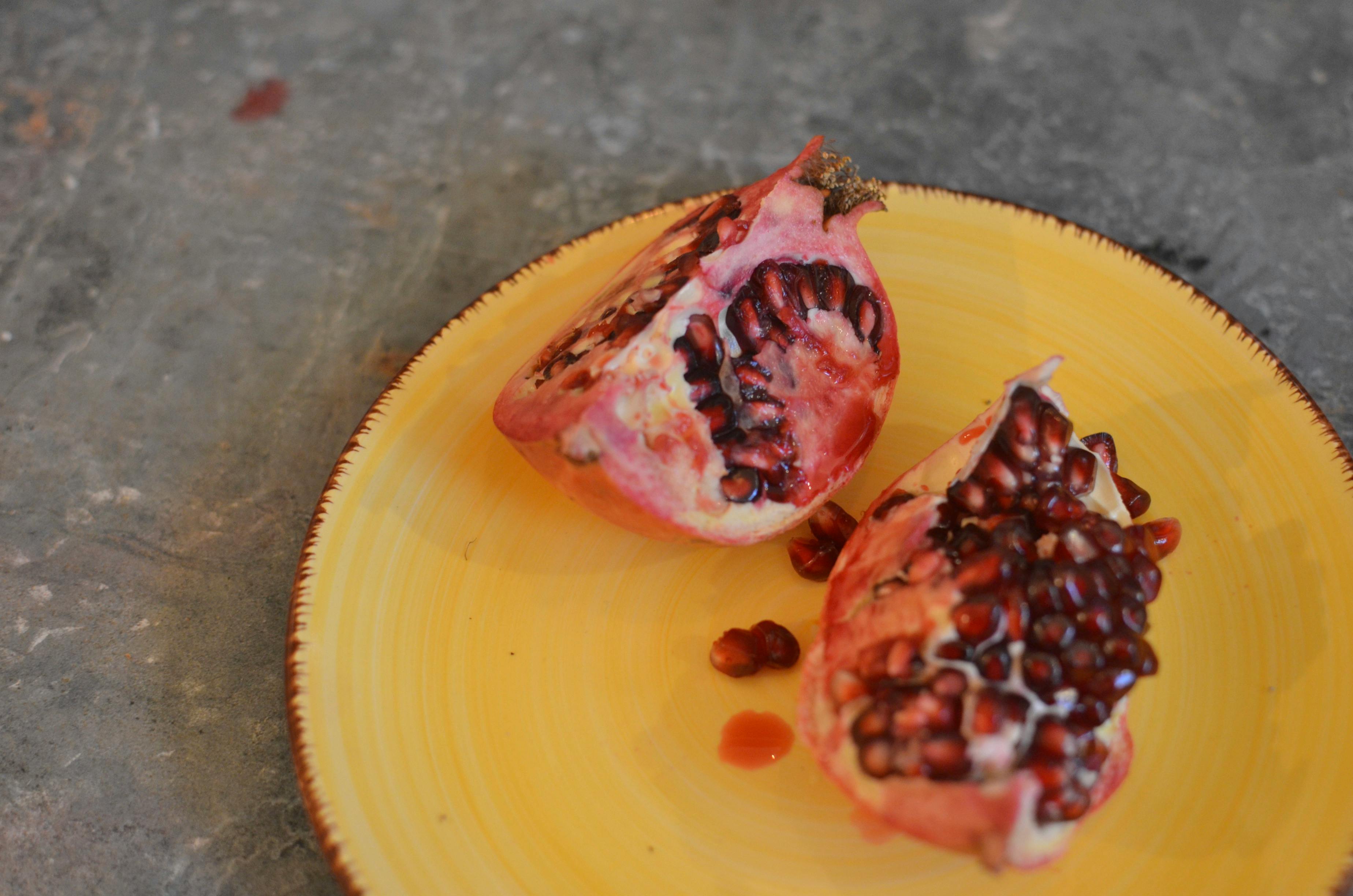sunflower (Helianthus annuus) is a fascinating plant to grow, especially for children. Whether you grow for competition or for pleasure, putting the following tips into practice will help provide your sunflowers with the best conditions for good growth and health.
Selection of a species of sunflower to grow
The first step in growing sunflowers is deciding which species you want to grow. There are 67 species of sunflower worldwide with single or multiple stems, growing heights, head sizes, and colors. Read the details of each popular species below to help make an informed decision about the sunflower you plan to grow.
Music Box it’s what’s known as a dwarf variety, growing to a maximum height of 28 inches, making it suitable for container growing.
Teddy bear sunflower species smaller than Music Box, growing to around 12 to 18 inches.italian white Sunflowers, also a small variety but with an attractive cream-colored flower.
fall mix unlike the former, it typically grows over 6 feet tall with a rust-yellow flower head, 5 to 6 inches in diameter.
The largest sunflower species Like the Russian Giant it grows over 15 feet tall with a large head diameter of up to 20 inches. Obviously, the larger sunflower species will demand more space than the other species mentioned above. However, it is a lot of fun if you have the space to grow them.
What is the best location to grow sunflowers?
Grow sunflowers in soil exposed to direct sunlight and sheltered from the wind. Protect your sunflowers by supporting the stem with a bamboo stake as soon as the sunflower reaches 1 foot in height. This will help the stem grow straight and protect the sunflower from wind damage.
When the sunflower matures, the heavy weight of the head on the tall stem leaves it vulnerable to wind damage. Because the wild sunflower only grows between 2 and 6 feet tall, the risk of wind damage is much less than that of the domestic sunflower.
What is the best soil to grow sunflowers?
Plant your seedlings in a good quality soil, like my personal favourite: Miracle Grow potting mix which has good water retention, enriched with plant food. Always make sure that the soil is kept moist and prevent it from drying out completely. Consider adding manure to the garden soil where you intend to plant your seeds or seedlings.
Tips for Germinating Sunflower Seeds
If you prefer to germinate your sunflower seeds before planting them in the ground, layer at least 10 sheets of kitchen absorbent paper on a plate, then soak with water. Sprinkle the seeds evenly on the damp paper towel before placing them in a warm space, such as an air closet. The more sheets of paper towels you use, the better the water holding capacity, which means less frequent watering will be required.
Checking the seeds with regular watering will prevent paper towel drying out, especially common in hot environments or in direct sunlight. When your sunflower seeds begin to germinate, plant them in potting compost mixed with manure in your garden to a depth of 2 inches, spaced 1 to 2 feet apart.
Planting Sunflower Seeds in Pots
If you are germinating your sunflower seeds in pots, sow a single seed in each pot to a depth of 1 inch in 3-inch-diameter pots. Use a good quality potting compost, such as Miracle Grow Potting Mix, before covering the top of the pot with a clear cling film.
When green leaves appear on the soil after germination, remove the film and place the pot near a window that gets the most sunlight during the day, if possible. Rotate the pot 180 degrees in the morning and again at night, checking that the soil remains moist.
If the pot was too small or the sunflower has been left in the pot too long, there may be a lot of root buildup around the sides of the pot. Because sunflowers have long tap roots capable of growing up to 4 feet deep, allowing the plant to reach this stage in pots will severely hinder growth.
Overcrowded roots can be safely removed by cutting off no more than 1/3 with a sharp knife. Break up and dispose of the dead soil that surrounds the roots of the sunflower before planting it in the garden. Remember to be careful not to damage any remaining healthy roots in the process.
Planting sunflower seeds in the garden (Recommended)
Sowing seeds directly in the garden is my preferred method with which I have had the most success. Sow your sunflower seeds after the last winter frost has passed and nighttime temperatures have risen above 5-10 degrees Celsius. Plant in loose soil to a depth of about 50 mm (2 inches) spaced 1 to 2 feet apart. Water the seeds regularly until they are 2 feet tall when the second set of leaves appears. Liquid fertilizer should be added to the feeding water from this point on.
sunflower facts
- sunflower (Helianthus annuus) is a fascinating plant to grow, especially for children. Sunflowers can grow up to 12 feet tall with a head diameter of up to 1 foot (30 cm).
- The sunflower head, often mistakenly referred to as a flower, consists of 1,000 to 2,000 individual flowers. The petals that surround the head are ray flowers.
- Sunflowers are one of the fastest growing plants in the world, growing up to 1 foot (30 cm) per day.
- A fascinating characteristic of the sunflower is its ability to follow the direction of sunlight by pointing the head of the sunflower towards the sun. This behavior is known as heliotropism..
- Wild sunflowers have smaller seeds, with several branches and/or stems with more than one head. It is only through hundreds of years of careful selection of hand-picked seeds that the domestic sunflower is much larger with a single stem and flower head.
- The sunflower is the state flower of Kansas, USA and the recognized national flower of Russia.
- According to the Guinness Book of World Records, the tallest sunflower ever grown was in 1986 by M Heijms in Oirschot, the Netherlands, with a height of 25 feet 5.5 inches (776 cm).
- The largest sunflower head ever recorded by the Guinness Book of World Records measured 32 1/4 inches (82 cm) in diameter, grown by Emily Martin of Maple Ridge, Canada, in the hot summer of 1983.
- Although it is native to America, 60% of the world population of sunflowers is grown in Europe and Russia. Popular species among sunflower growers, starting with the tallest: Moonwalker, Pastiche, Velvet Queen, Russian Giant and the smaller species Teddy Bear and Big Smile.
- Sunflowers are very effective at attracting butterflies, bees, and birds.
- Sunflowers are used to produce sunflower oil. As seeds, they are used to feed birds and as a healthy snack for children and adults.
- Sunflower seeds have a polyunsaturated fat content of 50% and are rich in Omega-6, which has been shown to reduce the risk of cardiovascular disease. Sunflower seeds are rich in calcium along with other vitamins and minerals.
- The scientific name for sunflowers; Helianthus derives from two Greek words, Helios meaning sun and Anthos meaning flower.
- Sunflowers are perennial plants that grow every year.
- Sunflower seeds are toxic to lawns, so keep them away from your lawn, which will be killed if the seeds fall on it.
Sunflowers: an excellent option for children
Sunflowers are a great plant choice for children to grow. They are visually appealing, attract a variety of insects such as butterflies, bees, and birds, as well as being easy to grow.
You may be able to encourage your friends or neighbors to compete with them to see who can grow the tallest sunflower. Personally, I have fond memories of when I was a 9-year-old kid racing my next-door neighbor. If my memory serves me correctly, I managed to grow three sunflowers to a height of about 6 feet. Although being so young, everything seems bigger at that age, so I may well be wrong. I know, I shouldn’t brag, but naturally I won… naturally of course 🙂 Sorry!
The BBSRC (B.iotechnology and B.biological Ssciences R.investigation againstadvice… phew) have produced a Sunflower Growing Activity eBook for young children to grow their own sunflower, while learning how plants grow.
Sunflower Plant Care
Sunflowers need a lot of watering and sunlight, taking about two weeks to appear and 90 days to fully grow. If you use a chemical herbicide, make sure it’s suitable for use on sunflowers or remove weeds by hand. Overwatering sunflowers will likely damage the flower heads, particularly 20 days before or 20 days after full bloom.
Pour about 2 gallons of liquid fertilizer solution each week around the roots of the sunflower, being careful not to pour the solution onto the stem, as this has been found to cause sunflower stems to rot.
Try to position your sunflowers so they spend as much time in the sun as possible, preferably 6-8 hours or more. If strong winds are forecast, postpone watering until the wind passes to prevent the sunflower from blowing away.




